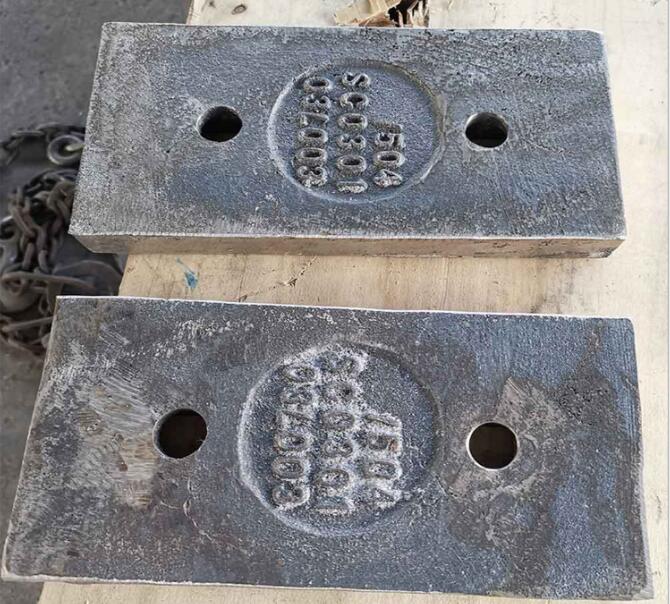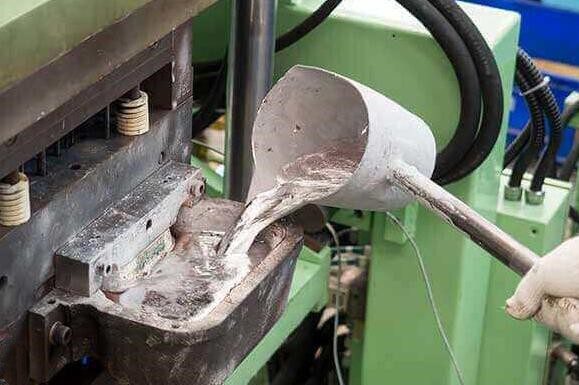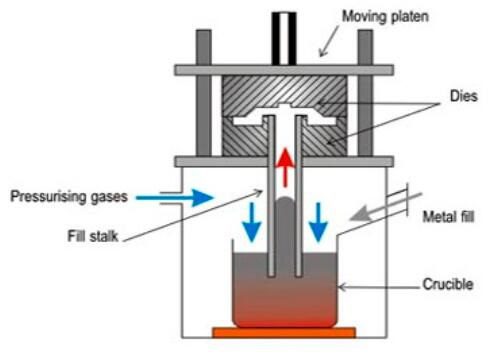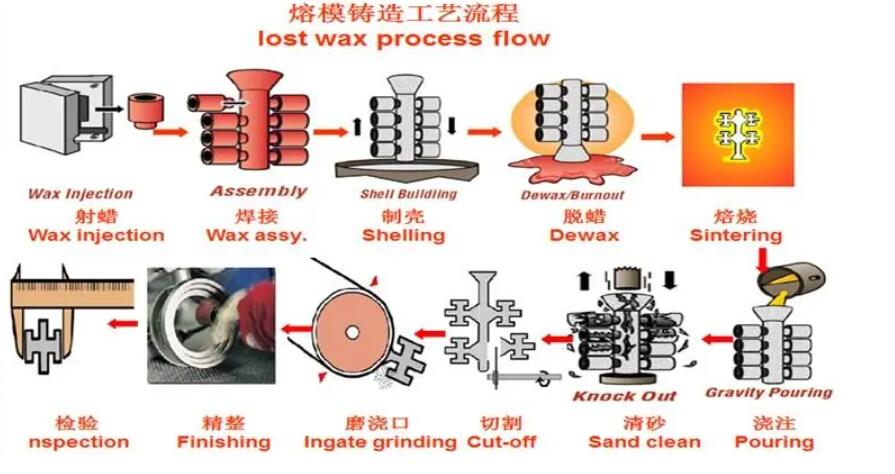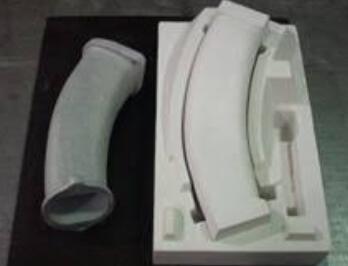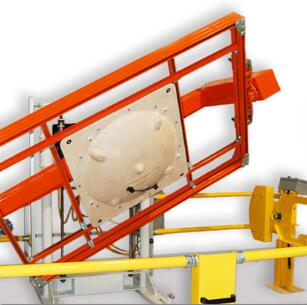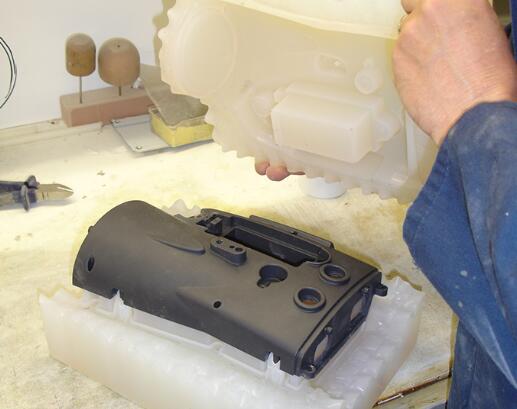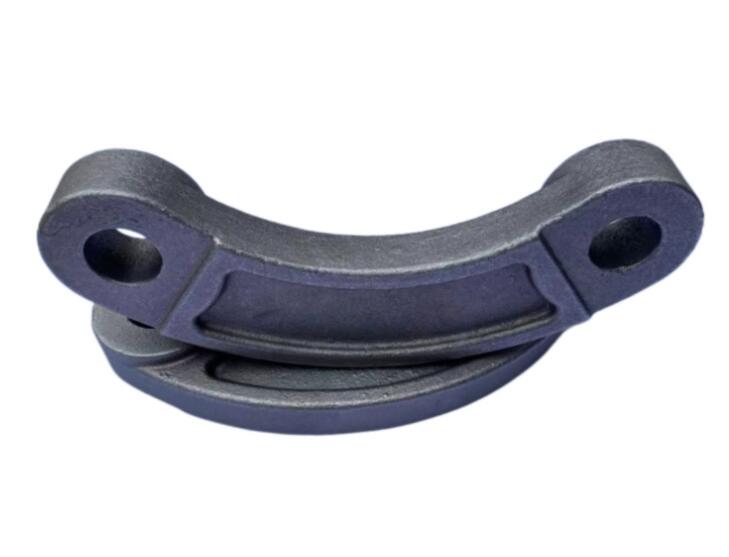A. Creation of Patterns
The process begins with the creation of patterns. The pattern is an essential part of the casting process, as it replicates the exact shape and size of the component to be produced. Materials like wood, plastic, metal, or even wax can be used to make patterns, depending on the complexity of the component and the type of casting process used.
B. Preparation of Molds
Once the pattern is ready, the next step is to prepare the mold. In sand casting, the pattern is pressed into the sand to create a cavity. For investment casting, the pattern is dipped into a ceramic slurry to create a shell. In die casting, a metal die is used instead of a pattern. The mold must be designed to allow for easy removal of the cast part and accommodate the shrinkage of the metal as it cools.
C. Selection of Metal Alloys
The next step in the casting process is the selection of the appropriate metal alloy. The choice of metal depends on the application of the final product, its required properties, and the casting process to be used. Common materials include aluminum, steel, iron, copper, and magnesium. Specialty alloys may also be used to meet specific performance requirements.
D. Melting and Casting of the Alloy
Once the mold is prepared and the metal alloy is chosen, the metal is melted in a furnace. The molten metal is then poured or forced into the mold. The method of introducing the metal into the mold depends on the casting process. For instance, in gravity die casting, the metal is poured, while in pressure die casting, it's injected under high pressure.
E. Final Touches
After the metal has cooled and solidified, the final cast part is removed from the mold. This could involve breaking the sand mold or opening the metal die. The part then goes through various finishing processes, such as cleaning, heat treatment, surface treatment, or machining, to achieve the desired dimensional accuracy and surface finish.



